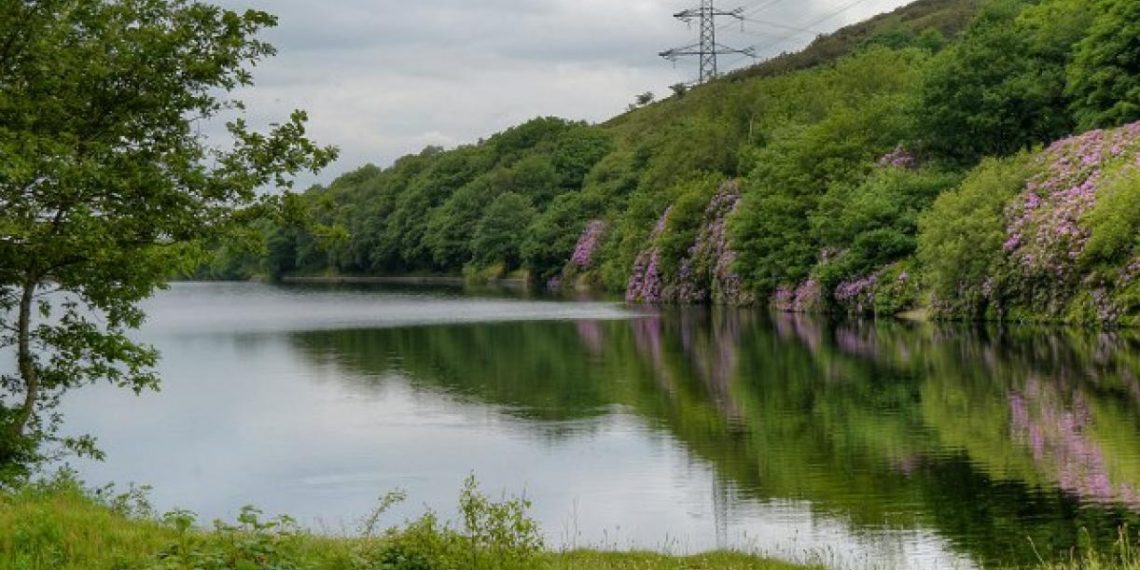Growing pressures on water resources undermine water security and contribute to conflict, migration, health crises and food and energy insecurity across the world. With water crises worsening due to growing demands and the escalating impacts of climate change, accessible and reliable water data is increasingly important. This data can make societies more climate resilient, provide early warning for drought or food shortages, preserve and restore vital ecosystems and help decision-makers respond to extreme weather events and manage water better.
The Global Water Watch data platform — being developed by Deltares, World Resources Institute and World Wildlife Fund and supported by Google.org and the Water, Peace, and Security Partnership (WPS) — provides free, globally-accessible, near-real-time information on water. Tools like Global Water Watch help decision-makers understand, monitor and predict water resource availability worldwide.
A new study from the Global Water Watch team, published in Nature Scientific Reports, found that the water volume in small reservoirs is significantly more susceptible to seasonal and climate variability than larger reservoirs, leaving communities that rely on them more vulnerable to water scarcity and food insecurity. The surface area of small reservoirs varies far more than medium-sized reservoirs, 52 percent more between years and 84 percent more between seasons, according to new research from Global Water Watch.
The study, supported by Google.org’s Impact Challenge on Climate and the WPS (supported by the Dutch Ministry of Foreign Affairs), identified and analyzed 71,208 small- and medium-sized reservoirs using high-resolution satellite imagery, machine-learning and cloud-computing.
The Global Water Watch data platform aims to boost transparency on transboundary river management and basin-wide monitoring across sectors, providing everyone with the same information in water negotiations, even those without monitoring capabilities. This could help societies achieve greater equity and create a level playing field for global water resource information.
Stay tuned for more information as Global Water Watch continues to be developed into an open API platform, with tools to analyze data at different spatiotemporal scales (including administrative and hydrological).



